2022 POPULATION FORECAST REVIEW
Brisbane Inner City,
SA4 Region Queensland
Brisbane Inner City is going through a process of densification where young adults are seeing the virtues of living in apartments in the inner city.
Version 4.0.0
Published 13 September 2022
Detailed forecasts are available for this region
Our premium services give you detailed forecast information for this region to help you invest in the right place, at the right time.
- Forecasts by age and sex
- Single-year forecast periods
- Custom local area geography
- Forecasts of housing and development
Menu
Insights behind our population and dwellings forecasts.
Key Findings
Generating population forecasts for Brisbane Inner City revealed the below key findings of the area:
- Between 2016 and 2021, Brisbane Inner City added 26,000 dwellings. This is more than the 17,000 dwellings forecast by the State Government. Between 2016 and 2021 66% of this dwelling growth occurred in just 5 SA2s. These being Brisbane City, Newstead – Bowen Hills, South Brisbane, West End, and Fortitude Valley.
- Between 2021 and 2041, Brisbane Inner City is forecast to grow by 100,000 persons, taking the total population to 400,000. The average annual growth rate is 1.46%
- There are many development hotspots, with apartment growth active. The areas of significant growth are in Fortitude Valley, Bowen Hills, West End, South Brisbane, and the CBD.
- Established suburbs have had areas rezoned to cater for higher density living. This will contribute to a growing population, but at a much slower rate than apartment growth which can add hundreds of dwellings overnight as construction is completed.
Read our full analysis below for a more in-depth view.
Geography and the role and function of place
The Brisbane Inner City SA4 reaches Lutwyche to the north, Morningside to the East, East Brisbane, and Highgate Hill to the south, and to the east, Bardon and Ashgrove. The Brisbane River weaves through the area, northbound and southbound train lines converge at Roma Street Station, and the topology of the area is undulating with many hills where roads follow the flow of the land, rather than a grid pattern.
Brisbane Inner City is going through a process of densification where young adults are seeing the virtues of living in apartments in the inner city, much like that of larger capital cities such as Sydney and Melbourne. Through apartment growth, and some densification Brisbane Inner City is forecast to grow by 100,000 persons in the forecast period to 2041.
With around 3000 new dwellings forecast to be completed in 2023, and another 2,500 dwellings under construction in known apartment blocks there will be a steady increase in the population that resides in the inner city.
TOP DOWN
Brisbane Inner City, within the Queensland context
Our forecasts reflect how the future population of a place is affected by both localised and bigger-picture factors - what we refer to as 'bottom-up' and 'top-down' influences.
Below are some relevant points from our 'top-down' forecasts (Queensland → SA4s), which were published in May 2021, and set the context for each region, or SA4, and the role it plays within the state.
This video provides a short summary of the process.
Brisbane Inner City is forecast to grow by 100,000 persons by 2041
Australia’s population is set to grow by 5.7 million persons by 2041. Of this growth 23% is expected within Queensland, with the bulk of this growth occurring in South East Queensland.
Brisbane Inner City is expected to grow by 100,000 persons by 2041, with an average annual increase of 1.46%. This is a reduced rate of growth from the previous 20 years which sat at 2.54%. Annual growth over 1% results in a steady increase of population. For Brisbane Inner City this increase will come from apartment growth, rezoning of some industrial sites, and the densification of established suburbs.
To hear about more of our Queensland forecast and the top-level stories watch our Queensland after Covid webinar on here
BOTTOM UP
.id Small Area forecasts for Brisbane Inner City
With a top-down view of the region, we are able to forecast population and dwelling growth down to SA2 and sub SA2 levels. These granular forecasts provide a view of growth that factors in what is happening on the ground to give you the most accurate population forecasts in Australia.
Below is what we learnt...
A comprehensive and balanced view of future development
Our forecasts incorporate research into local land use and future development from a range of public and proprietary sources.
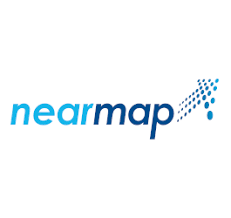


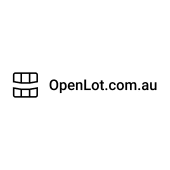


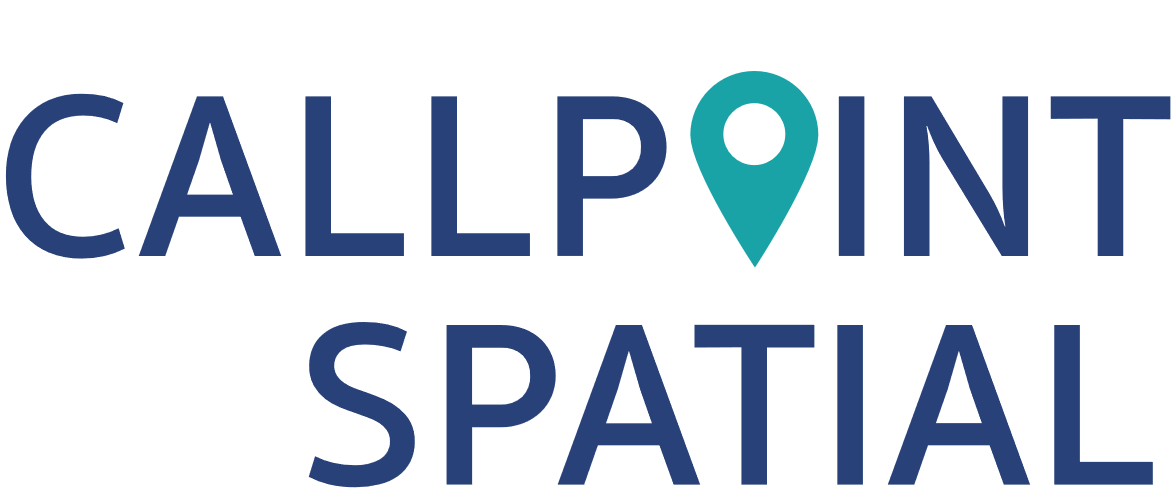
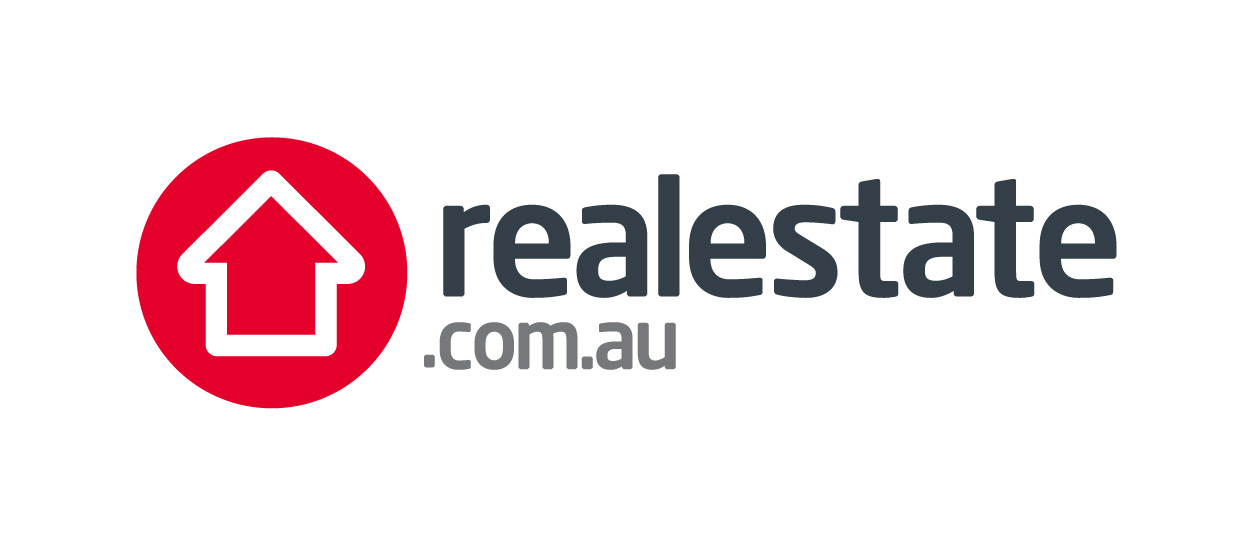
Apartments on the rise in Brisbane Inner City
Generating forecasts so close to a Census allows consideration for what has happened in the previous census period. The Queensland Government Dwelling Projections had forecast dwelling growth to be 17,000 between 2016 and 2021. Reviewing the latest 2021 housing data, Brisbane Inner City in fact added 26,000 dwellings in this period. This is more dwelling activity than assumed. The data shows a surge in dwelling construction in 2017 and 2018 before COVID impacted the globe. New apartment blocks are the key contributor within the SA2s of Brisbane City, Newstead – Bowen Hills, South Brisbane, West End, and Fortitude Valley, in particular, driving this growth. These SA2s have contributed 66% of the SA4’s dwelling growth 2016 to 2021
Looking into the future, the Brisbane City, Newstead – Bowen Hills, South Brisbane, and West End SA2s account for a 40% share of population growth in the forecast period, again with apartment blocks being the major dwelling form. Established areas such as Ashgrove, Bardon, Newmarket, Clayfield, Hawthorne, and Highgate Hill will experience growth in a slower fashion with high-density overlays applied to areas within the suburbs and some activity centre development. Interestingly, as we developed the forecasts it was noted that what is happening on the ground can differ to the rules and regulations set out in planning schemes. We have taken a pragmatic approach, by applying the rules, and then assessing actual development to inform our forecasts.
Demographic profile
The demographic profile of Brisbane Inner City matches a typical inner-city area with young people and a mature family housing market. This matches the SA4 tops-down age-profile of Brisbane Inner City shared above. At an SA2 level, the areas closer to the CBD have a younger adult profile, and the established suburbs have mature family profiles with greater access to standalone family homes. Housing stock and the related age profile of the area can alter the neighbourhood makeup, generating quite different profiles in adjacent suburbs.
Development Hotspots
Over the forecast period, we forecast an additional 70,000 dwellings will be added in Brisbane Inner City. This uses up approximately 70% of the identified supply in our analysis. Should demand be higher than thought, there is additional dwelling capacity to bring forward.
Areas of note:
Apartment growth north of the river
Apartment growth north of the river is concentrated around the Fortitude Valley and Newstead – Bowen Hills SA2s. Between 2016 and 2021 the Fortitude Valley SA2 added 2,200 dwellings. This is growth is set to continue with 665 additional dwellings forecast in the next 5-year period. A considerable amount, but not at the rates seen in 2018 and 2019. Over the forecast period the SA2 will double in population from 7,000 persons to 14,000.
Many new apartments have been identified in the Newstead - Bowen Hills SA2, specifically as there is a Priority Development Area for Bowen Hills approved by the State Government. Newstead has many development sites under construction with the stock identified in Bowen Hills allocated for more longer-term supply. Newstead – Bowen Hills SA2 is forecast to grow from 11,000 persons to 28,000 in the forecast period.
Other SA2s with significant development north of the Brisbane River are:
- Eagle Farm and Doomben, which have some developments sites identified that will contribute to population growth.
- A retirement village is proposed in Doomben
- Milton has become an apartment precinct
- Toowong continues to have apartment growth.
South of the River:
In the past five years, South Brisbane SA2 and West End SA2 have been large contributors to new apartment living. South Brisbane SA2 contributed ~4,500 new apartments, with supply still remaining and West End SA2 added ~3,000 apartments as industrial land is being repurposed for residential towers. With a new footbridge proposed from West End to Toowong, it provides better accessibility around the city for prospective buyers in West End.
Additionally, on the south side, Kangaroo Point continues to grow at a steady rate. Our forecasts see an increase from 9,000 persons to 15,000 persons in the forecast period.
In Bulimba, a naval base has been identified as an area of redevelopment for 855 new dwellings under the Bulimba Barracks Master Plan. It has received controversial stakeholder feedback, however due to its prime river location our forecasts have assumed works may commence in 2028. We will watch this development to monitor any changes to our forecast assumptions.
Significant developments over 500 lots due to be completed in forecast period
- Roma Street PDA - Stage 2, under construction in 2021 with an expected capacity of 1,047 lots. Due to be completed in 2025. Need to watch how quickly construction occurs and dwellings become available.
- Roma Street PDA - Stage 4 is forecast to start in 2036 and be completed by 2038 with 649 apartments.
- Queen's Wharf Residential Precinct, incorporates premium residential towers with an expected capacity of 850 apartments, connected to ‘The Star Casino’. The residential tower is forecast to be completed by 2036.
- Queen's Wharf Tower 4, with a capacity of 650 is forecast to be complete in 2023 with 650 Apartments.
- 240 Margaret Street, Brisbane City has a development approval with an expected 783 lots and is forecast to be completed by 2036.
- 30 Albert Street, Brisbane City has a development approval with an expected 769 apartments. Forecast to be completed by 2036.
- 211 Elizabeth Street, Brisbane City. 648 apartments
- 60 Hudson Road, Albion. 633 apartments
- Aviary Toowong, 530 apartments forecast to be completed between 2024 and 2031.
- Trilogy Kangaroo Point Apartments, 525 apartments forecast to be completed between 2034 to 2041.
- 58 Abbotsford Road, Bowen Hills, 504 apartments, forecast to be completed between 2027 to 2035.
This detail can be explored further within our Residential Development Forecasts.
1 national forecasting program.
6 ways to explore.
![]()
forecast.id
Plan for the changing needs of your community with a trusted forecast of population and housing in your Local Government Area, published in an accessible online tool.
![]()
forecast.id premium
Bring the full power of our National Forecasting Program into your organisation. We'll work with you to tailor a data partnership supported by briefings from our experts.
![]()
forecast.id partners
Our pay-per-download program gives our consulting partners instant access to reliable and respected forecast information on a project-by-project basis.
![]()
forecast.id hotspot report
Find a location near the people you serve with a tailored report that identifies up to ten locations with the highest number of people in your target demographic.
![]()
forecast.id location report
Whether you're investing in a new location or checking your current strategy is on track, forecast.id location reports quantify future demand around a known location.
Commentary and analysis from our specialist forecasters.
Do you work with local government?
If you're involved in planning local government services, we have a specialist population forecasting team that helps councils advocate for the needs of their community. Learn more about forecast.id here.
Public resources for local areas
The Brisbane Inner City SA4 is covered by the City of Brisbane, which doesn't currently subscribe to our public information tools.
Find resources for other parts of South East Queensland and Australia via our demographic resource centre.
Your questions answered
Do you have a question about our forecasts, our assumptions or about the Brisbane Inner City SA4 Region? You can submit a question to our team by emailing locationdecisions@id.com.au


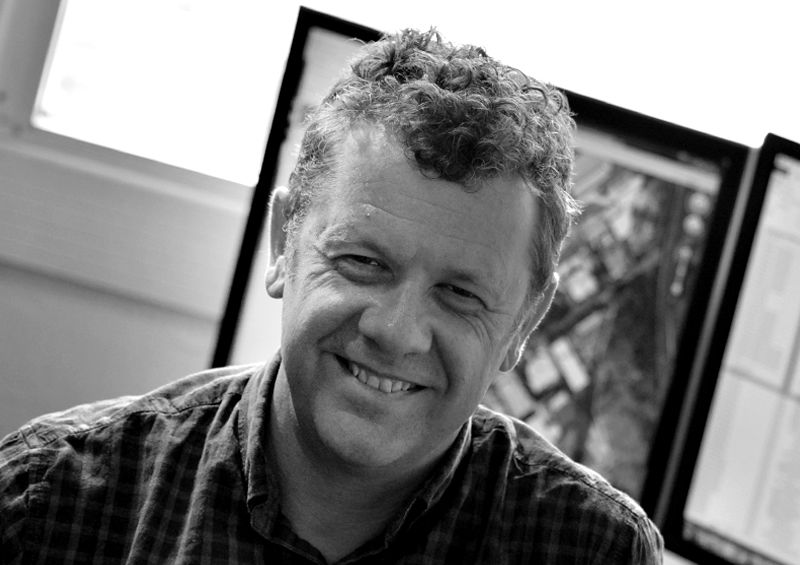
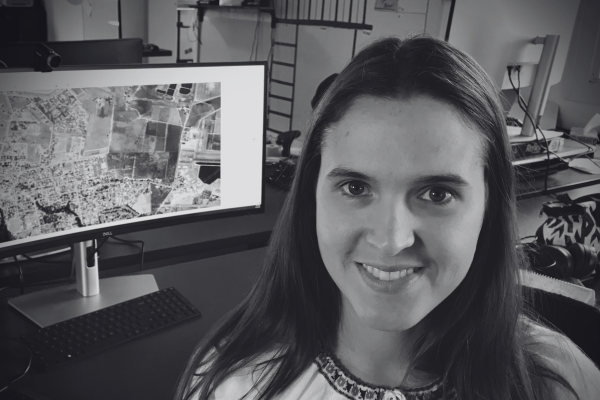

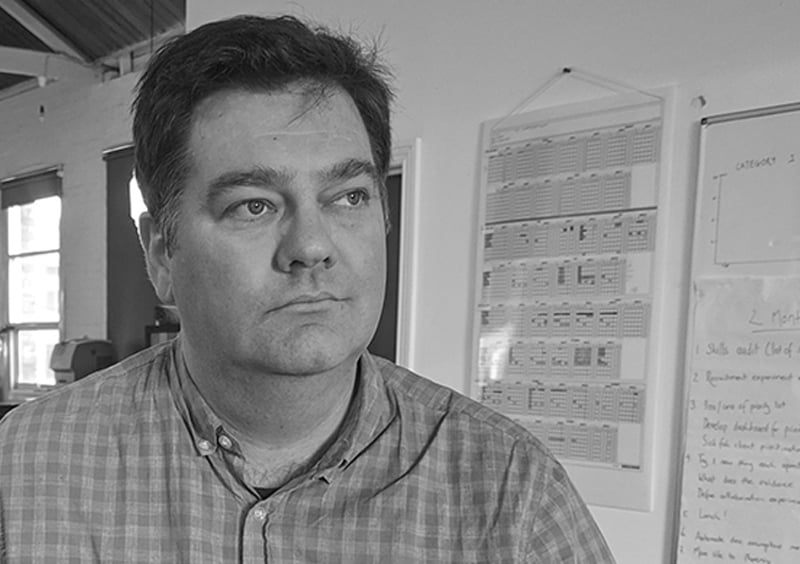
.png?width=600&height=400&name=Meet%20the%20team%20%20Oliver%20Bowering%20(1).png)
